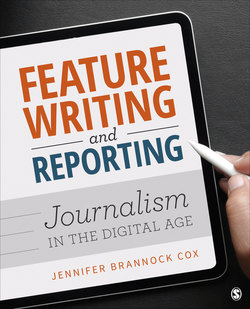Читать книгу Feature Writing and Reporting - Jennifer Brannock Cox - Страница 28
На сайте Литреса книга снята с продажи.
Helpful Hints Fighting Fake News
ОглавлениеFake news comes in many forms. Stories can be biased and opinionated but made to look objective. They can be poorly sourced and riddled with errors or false assumptions. They can also be outright lies, created and circulated with the intention of deceiving readers. Here are some tips for telling fact from fake:
Consider the source: Is it a reputable publication? Can you find other articles from that author?
Fact or opinion: Does the article reflect reported facts or the author’s opinion?
Says who? Did the author interview sources for the story? How reputable are those sources?
Balancing act: Are all sides of the issue represented in the article? Challenge your own beliefs with unbiased reporting.
Look for a trail: Check the “About Us” section of the publication. Consider its connections to people or organizations that might influence content. Avoid “sponsored content.”
Unhappy endings: Watch for strange addresses, such as .com.co or .lo.
Too good to be true? If it sounds too good to be true, it probably is. Look to see if other news outlets are reporting anything similar.
Keep reading: Read beyond the headline or the tweet. Reading the whole article will help you distinguish fact from fiction.
Use new tools: Emerging tools make detecting fake and unbalanced news easier. Try browser extensions, such as Google Chrome’s Media Bias/Fact Check tool and B.S. Detector.
Reverse it: Do a reverse Google search of images by uploading a picture to https://images.google.com. Click on the camera icon and upload the image to see where it came from.
